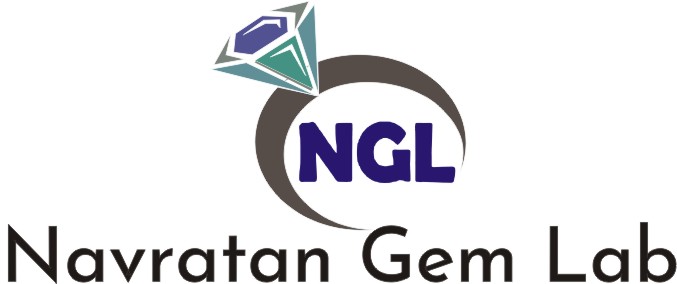Topaz
Topaz makes an ideal gem. A good hardness and desirable colors, combined with a relative abundance and availability makes it one the most popular gemstones. The most valuable colors of Topaz are the golden orange-yellow type, called Imperial Topaz, and the dark pinkish-red and orange-red colors. Value increases with a deepness of color in orange and reddish hues. The most commonly used colors of Topaz in jewelry are the blue types. It was not until this past century that blue Topaz became widespread on the gem market, since virtually all blue gem Topaz is irradiated and heat treated.
| Chemical Formula | Al2SiO4(F,OH)2 |
| Color | White, Colorless, Blue, Red, Green, Yellow, Orange, Brown, Pink, Purple, Gray, Multicolored |
| Hardness | 8 |
| Crystal System | Orthorhombic |
| Refractive Index | 1.610 - 1.638 |
| SG | 3.4 - 3.6 |
| Transparency | Transparent |
| Double Refraction | .014 |
| Luster | Vitreous |
| Cleavage | 1,3 - basal |
| Mineral Class | Topaz |
Topaz is a fairly common and inexpensive gemstone. It can be found in huge and flawless crystals, which can be faceted into giant gemstones which can weigh thousands of carats. Some of the largest gemstone pieces ever cut were of Topaz.
Topaz is a hard and durable gemstone, and will not dissolve in most chemical solvents. However, it does have perfect cleavage which can make it prone to chipping or forming flaws if banged hard. Topaz is also a pleochroic gemstone and can have varied color intensity when viewed at different angles. Due to its good cleavage and pleocroic nature, care must be exercised when faceting Topaz gemstones.
Blue Topaz does occur in nature, but is rare and almost always lightly color. Most if not all blue Topaz used in jewelry has been irradiated and heat treated to artificially create the blue color. The original stones are colorless or lightly colored, and the radiation process gives them their deep sky-blue colors. In a few rare circumstances, some forms of blue Topaz tend to slightly fade in exposure to sunlight after extended periods of time.
Sources:
The largest Topaz producer is Brazil. Other sources are in Pakistan, Afghanistan, India, China, Burma (Myanmar), Sri Lanka, Japan, Russia, Ukraine, Australia, Madagascar, Namibia, Nigeria, Zimbabwe, Mexico, and the U.S. (California, Utah, and New Hampshire).
